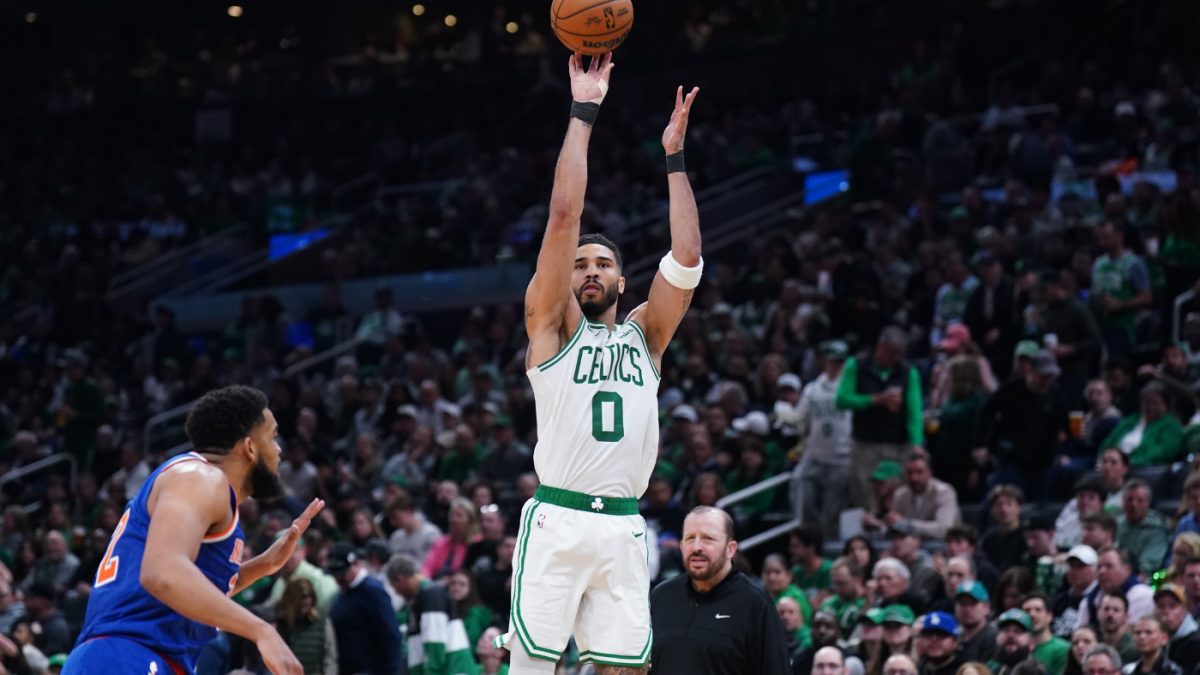“`markdown
The Boston Celtics: Navigating Legacy and Modern Challenges
Few franchises in professional sports carry the weight of history quite like the Boston Celtics. With 17 NBA championships—a league record—their legacy is woven into the fabric of basketball itself. Yet, as the team grapples with recent inconsistencies, questions arise: How does a dynasty honor its past while evolving for the future? This analysis delves into the Celtics’ identity, their on-court struggles, and the strategic pivots required to reclaim dominance.
A Legacy Forged in Green and White
The Celtics’ brand is inseparable from their history. From the Bill Russell era to the Larry Bird-led 1980s, the team has been synonymous with excellence. Their home court, the TD Garden, sits in the heart of Boston, a city that treats basketball as religion. Relocating or altering this environment would risk diluting the emotional tether between team and fans—a connection built on decades of shared triumph.
This legacy isn’t just about nostalgia; it’s a competitive advantage. Players don the Celtics jersey knowing they’re part of a lineage that demands greatness. But history alone doesn’t win games. The modern NBA, with its emphasis on three-point shooting and positionless play, requires adaptation—a challenge the Celtics have yet to fully master.
The Three-Point Conundrum: A Statistical Nightmare
One glaring issue has been the Celtics’ reliance—and frequent collapse—on three-point shooting. Take their Game 1 loss this season: a staggering 25% from beyond the arc, including a franchise-record 45 missed threes. When the shots aren’t falling, the team lacks a cohesive Plan B. Opponents exploit this predictability, packing the paint and forcing Boston into contested jumpers.
The problem isn’t isolated. In a matchup against the Magic, Jayson Tatum was the sole Celtic to shoot above 30% from three. Others faltered, highlighting a roster-wide inconsistency. Over a recent six-game stretch, the team lost five times, with cold shooting often the culprit. In the NBA’s analytics-driven era, living and dying by the three is a gamble—one the Celtics are losing too often.
Offensive Stagnation and Late-Game Woes
Beyond shooting, the Celtics’ offense frequently lacks fluidity. Ball movement stalls, plays become repetitive, and stars like Tatum are forced into hero-ball scenarios. A game against the Heat exposed this: a 31.3% three-point performance paired with stagnant off-ball action. Compare this to elite teams like the Warriors or Nuggets, whose motion-heavy systems create open looks even on off nights.
Late-game execution has been equally troubling. Tatum, often tasked with clutch shots, receives minimal support. Plays frequently begin with him 30 feet from the basket, allowing defenses to key in. The result? Predictable isolations and rushed attempts. Contrast this with the Celtics’ own history—think of John Havlicek’s seamless cuts or Paul Pierce’s mid-range mastery—and the regression is stark.
Defensive Lapses and Strategic Missteps
While offense dominates headlines, defensive issues lurk beneath. The Celtics rank middle-of-the-pack in opponent three-point percentage, a critical flaw in an era where spacing is king. Their collapse against the Knicks—blowing a 20-point lead to lose in overtime—underscored a broader trend: an inability to sustain intensity for 48 minutes.
Coaching decisions have also drawn scrutiny. Rotations sometimes leave shooters open, and adjustments come too late. The team’s “switch-everything” scheme, while effective in stretches, can be exploited by savvy opponents. Without tweaks, these lapses will continue to cost wins.
The Path Forward: Balancing Tradition and Innovation
To reclaim contender status, the Celtics must address three core areas:
– Reduce reliance on threes by incorporating more mid-range and post-up plays.
– Emphasize off-ball movement to create easier baskets.
– Tatum and Jaylen Brown need consistent support. Bench contributors must step up, particularly in shooting.
– Adjust defensive schemes to limit opponent threes.
– Experiment with late-game sets that leverage Tatum’s versatility without telegraphing plays.
Conclusion: Honoring the Past, Embracing the Future
The Celtics stand at a crossroads. Their history is a foundation, not a crutch. To add an 18th banner, they must modernize without abandoning what makes them unique—a blend of pride, adaptability, and the relentless pursuit of excellence. The road won’t be easy, but for a franchise built on resilience, the next chapter could be their most compelling yet.
“`











